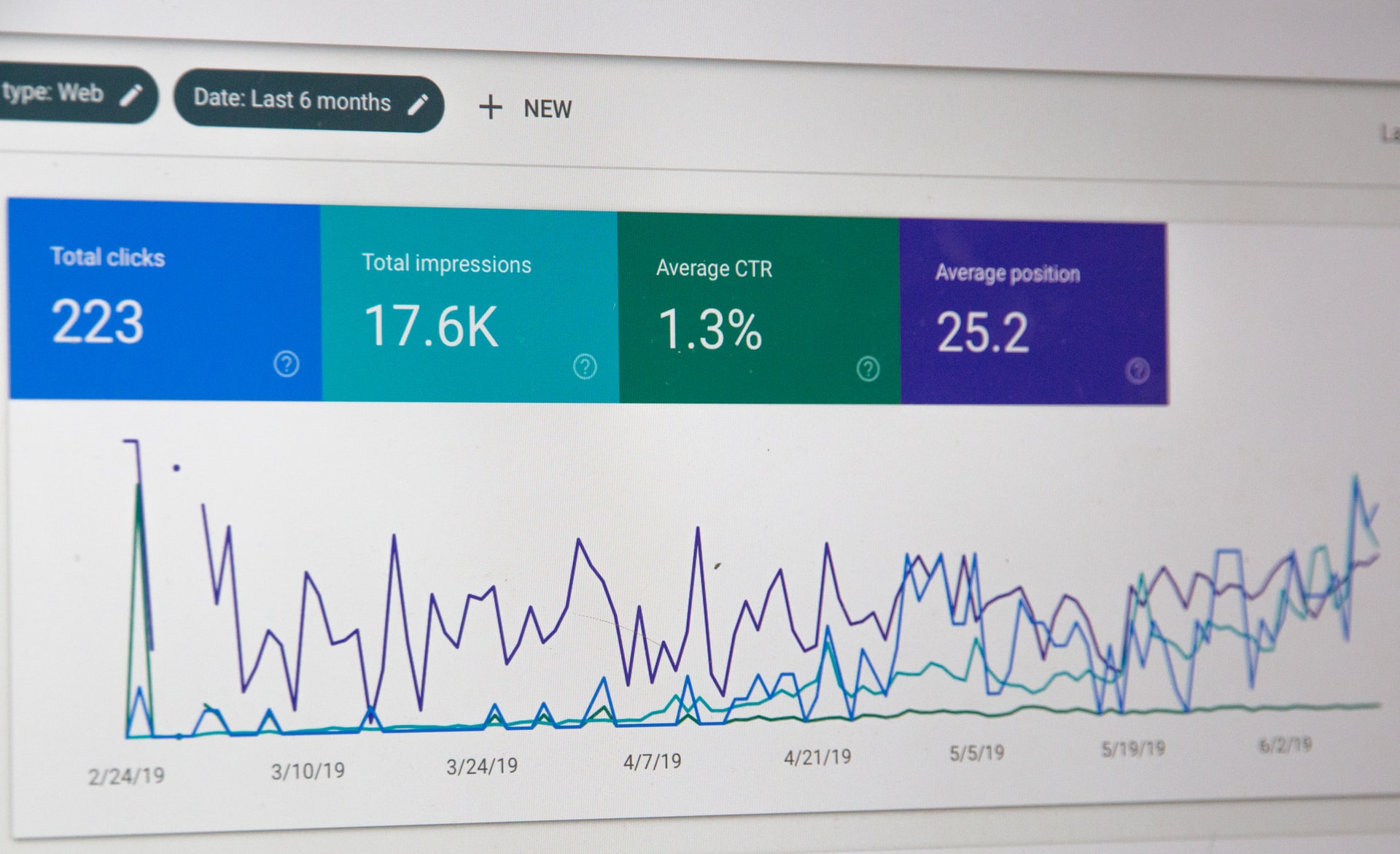Technical SEO Introduction
The world of search engine optimization can be confusing, especially for those who are just starting out. Many complex pieces go into a high-quality campaign: content marketing, branding, link building, content creation, google analytics/tag manager – just to name a few, and it’s important to understand how they all work together.
Today, we want to focus on “Technical SEO” also known as “On-Page SEO.” This is one area where every business should start if their goal is to rank well in search engines at a relatively low cost. This is 100% the cheapest and easiest thing you can do to rank higher in Google search results.
Technical SEO is a term used to describe how search engines see and rank your website. This includes crawling, indexing, and ranking of the site’s content as well as ensuring that there are no barriers for GoogleBot (Google Search Bot). ⚙️
If you don’t optimize your website before starting a link-building campaign, you will waste a ton of time and money.
How to improve your on-page technical SEO
Schema Markup
Schema Markup, also known as Structured Data is code that can be added within the website’s HTML to help search engines better understand what the web page is about. For example, it would enable Google Search results to show the reviews for different recipes when you search “Manhattan Cocktail Recipe.” It also helps get a “featured snippet.” Take a look!

Notice how the results with the reviews are placed near the top? Maybe it’s just a coincidence but we all know Google favors pages with proper schema data implemented. You can test your schema markup using the tools provided by Google.

Google Analytics Integration
As much as I personally love Google Analytics, it can sometimes be hard to implement correctly because there are so many things you need to do before even thinking about implementing GA tracking code on your site or app.
This means you have a Property set up for your website and it’s being tracked under this same Property in GA, then you need to add tracking code on every page of your site or app (or at least the pages where you want to track events).
If you’re not tracking all the pages on your site, then there’s a good chance that Google Analytics is going to be reporting incorrect data. You want accurate, actionable analytics – and it starts with making sure GA has been implemented correctly!
We also highly suggest utilizing the latest Google Analytics 4 technologies. This provides more accurate data and allows for better tracking of e-commerce transactions.

Robots.txt & Sitemap files
A robots.txt file tells search engine crawlers which pages of your website to index and it also tells them not to crawl other specific pages. This is helpful for limiting crawling on high-bandwidth, low content type websites where you don’t want Googlebot wasting its time because there’s nothing worth seeing!
A sitemap file serves a similar purpose but with greater detail. It’s a file with all the URLs of your site and it also tells search engines additional information about each page such as when it was last updated, how often they should crawl the pages, what priority various sections have (eg: blog posts vs category pages).
SEO experts use tools such as Screaming Frog crawler, DeepCrawl by Majestic SEO, SEMRush Site Audit tool, etc. These tools crawl every page of our websites bringing back information about each individual page which can be filtered into reports using Excel. In this way, we get more detailed insights about what needs improvements within the code structure of our sites so they appear higher in search engine results pages (SERPs)
Google Search Console
Google Search Console is a central dashboard where you can monitor the status of your search rankings, and errors within your website. You can monitor crawling errors, indexing errors, and any other messages from Google about your website. It’s also where you can submit a sitemap to make sure it’s getting picked up correctly!
By monitoring this tool regularly, we’re able to catch problems early on and fix them quickly before they become an issue for our clients’ rankings! Tools like search console and Google Analytics are also both free compared to many expensive tools used in the industry (Ahrefs, Semrush, Mangools, etc.)

Internal Links
Internal links are links to other pages of your site. They’re extremely important for helping search engines understand what your website is about – as well as for user experience!
We suggest that you use descriptive anchor text for your internal links. For example, in the heading above this paragraph, I’ve used “internal links” as my anchor text. When someone is looking at this blog post and they want to link back to a specific section (so their readers can see what they’re talking about), it’s helpful if they have an anchor text they can use.
You want to make sure there are internal links on your blog posts that link back to older blog posts (or even other sections that are relevant) – You’ll notice that in the first section about schema markup, I linked back to an older article explaining more in detail.
Conclusion
In conclusion, technical SEO is a crucial component of all campaigns. Here are some key takeaways about the process:
- Implement proper schema.org markup / structured data into your website’s HTML.
- Google Analytics and Google Search console are great ways to monitor your progress.
- Integrate internal links within your website’s content and blog posts.
- Make sure your meta tags provide useful information for search engines and social media.
- Create and submit a sitemap.xml to Google through Search Console.
Chase Keating
Chase Keating specializes in website design and digital marketing. He is the founder and creative director at Vox Digital. Click here to book a time to talk with us!